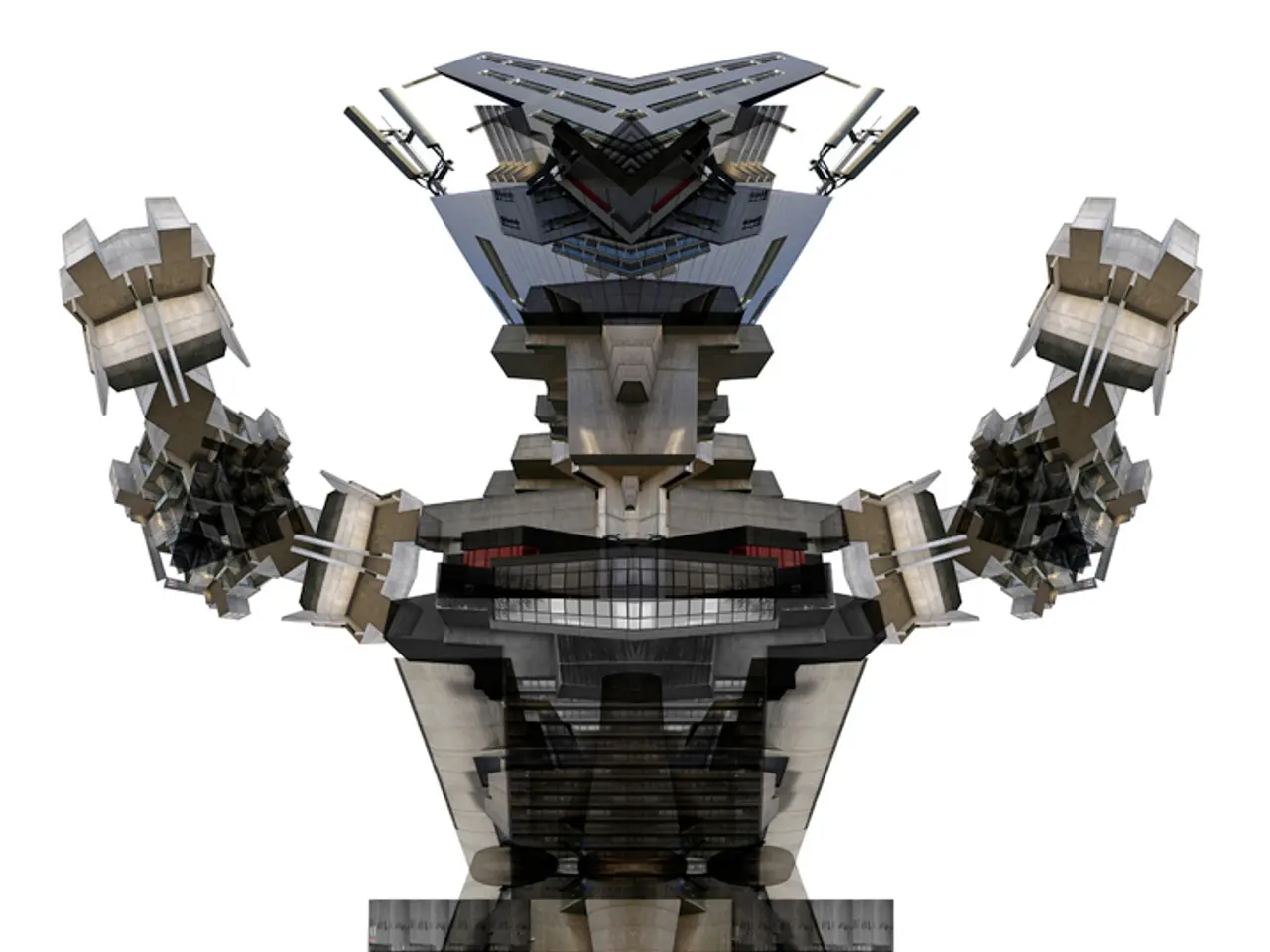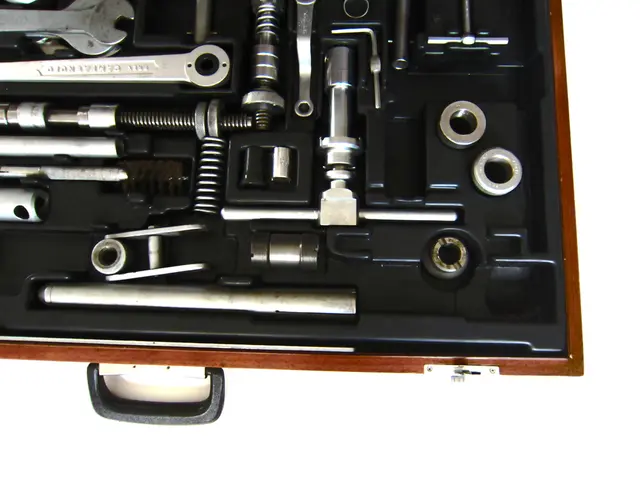Merging of AI Technology and Mechanized Machines
In the rapidly evolving world of technology, the fusion of Artificial Intelligence (AI) and Robotics is redefining the landscape of various industries and our daily lives. This synergy is revolutionizing navigation, healthcare, manufacturing, disaster response, and personal assistance, with far-reaching implications for the future.
At its core, AI is the simulation of human intelligence in machines, enabling them to think, learn, and make decisions like humans. Robotics, on the other hand, is the branch of technology that deals with the design, construction, operation, and use of robots – mechanical devices programmed to perform specific tasks autonomously or with minimal human intervention. By integrating AI algorithms into robots, they become more intelligent, adaptable, and autonomous.
One of the most promising areas of this fusion is in autonomous navigation. AI enables robots, drones, and self-driving vehicles to navigate complex environments in real time, using sensor data and computer vision technologies. This is widely used in logistics, manufacturing, and transportation sectors.
In healthcare and surgical robotics, AI enhances precision and decision-making, leading to improved outcomes and greater efficiency in clinical settings. Surgical robots equipped with AI algorithms can assist surgeons in performing complex procedures with greater precision and accuracy.
AI-powered robots also play a crucial role in industrial automation and predictive maintenance. By analyzing sensor data, they can predict equipment failures, thereby reducing downtime and increasing operational efficiency.
Inspection and quality control is another area where AI-powered vision systems on robots excel. They inspect products for defects on manufacturing lines, improving quality assurance.
AI robots are also making a difference in search and rescue operations, navigating hazardous or hard-to-reach areas to locate survivors and assess disaster damage.
Human-robot collaboration is another significant aspect of this synergy. AI enables robots to assist human workers by autonomously handling repetitive or dangerous tasks, allowing humans to focus on complex problem-solving.
In the realm of personal assistance and customer service, AI-powered robots interact with customers, providing personalized experiences and support in real time. They underpin intelligent devices like wearables and smart assistants that learn user behavior for adaptive interactions.
Looking to the future, expert analyses and recent reports predict that by 2035, up to 50% of all industrial and service tasks could be automated and roboticised. The fusion of AI and robotics will accelerate to the point that robots will not only have physical bodies but also sophisticated cognition and autonomy.
Continued surging investments will drive innovations overcoming current obstacles such as legacy-system integration. Robotics powered by AI will deeply embed in sectors like manufacturing, healthcare, construction, and consumer technology, achieving higher autonomy, adaptability, and collaboration with humans.
However, it is essential to strike a balance between embracing these advancements and addressing the ethical and societal implications they bring. Ensuring the responsible development and use of AI and robotics is crucial to prevent misuse or unintended consequences. Collaboration between researchers, policymakers, and industry leaders is crucial to ensure that AI and robotics are developed and deployed responsibly for the benefit of humanity.
In conclusion, the synergy between AI and robotics is currently revolutionizing various industries and improving our lives, while future advances will likely lead to pervasive, autonomous robotic systems that enhance human capabilities across industrial and service domains, fundamentally reshaping work and daily life by 2035.
Artificial Intelligence (AI) and technology, specifically robotics, are advancing the healthcare sector by enhancing precision and decision-making, leading to improved patient outcomes and greater efficiency in clinical settings.
With AI integrated into robotics, they can predict equipment failures in industrial settings, thereby reducing downtime and increasing operational efficiency.




